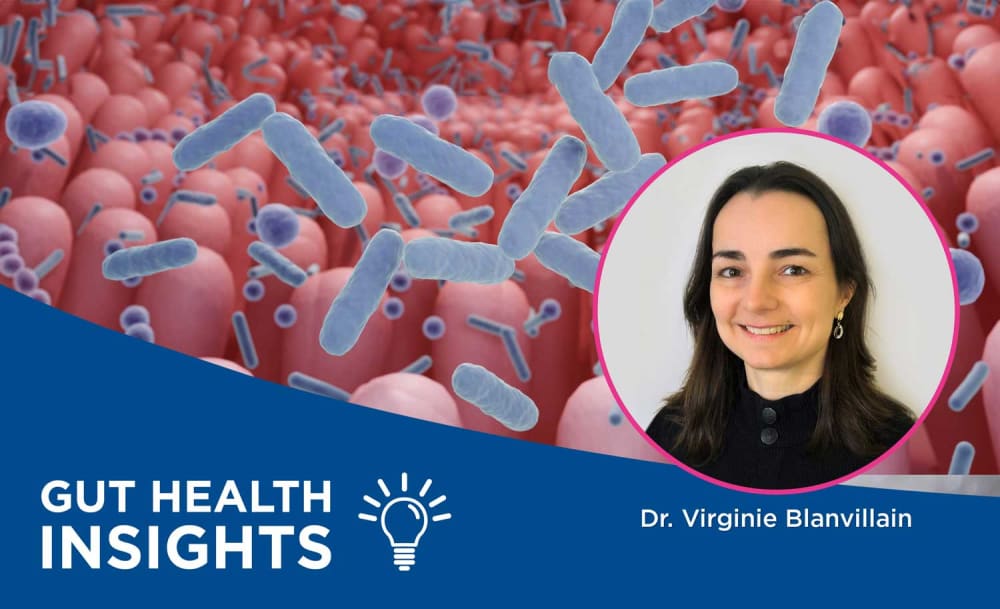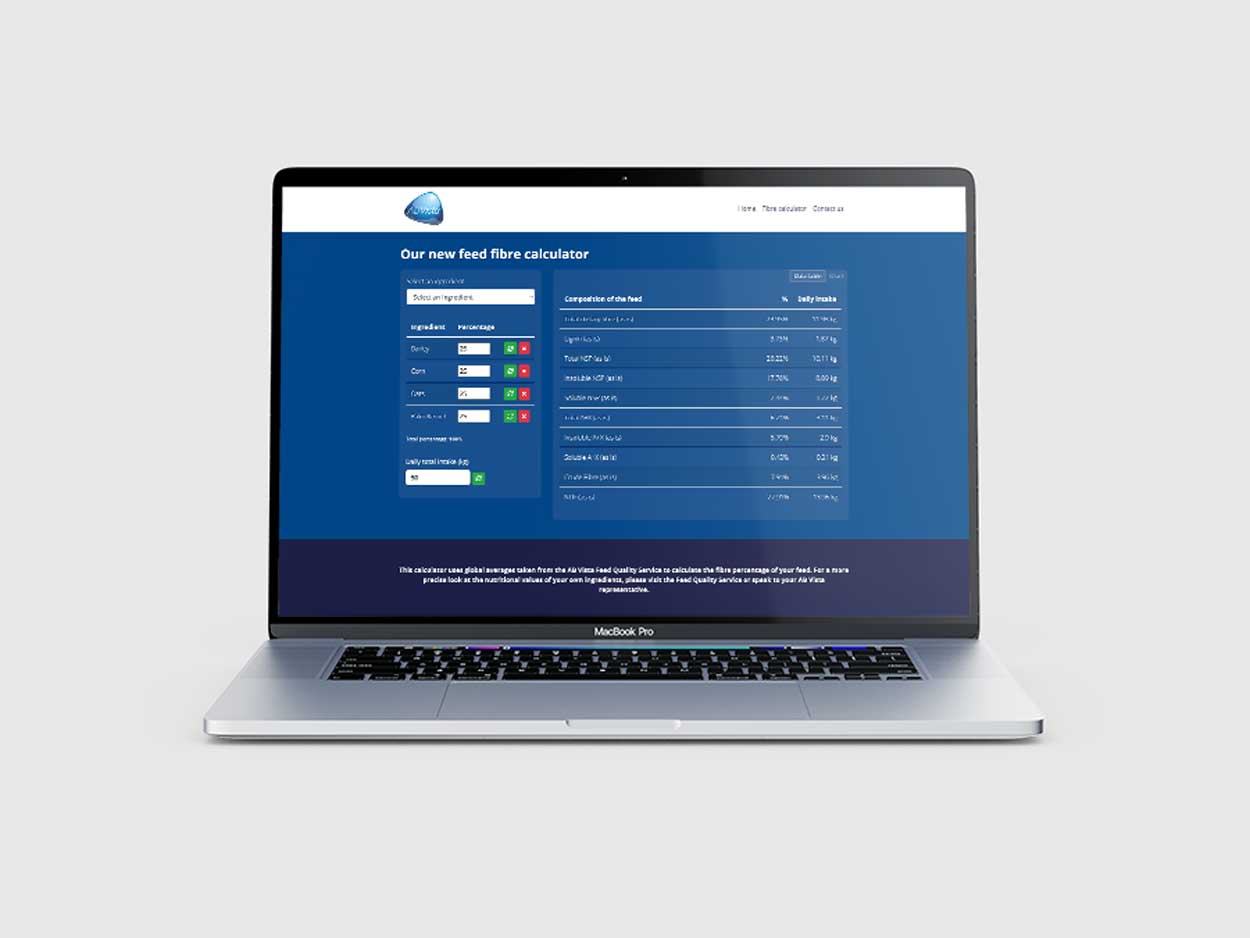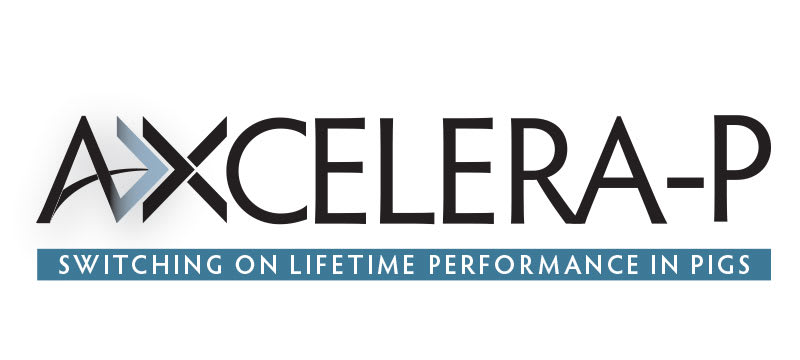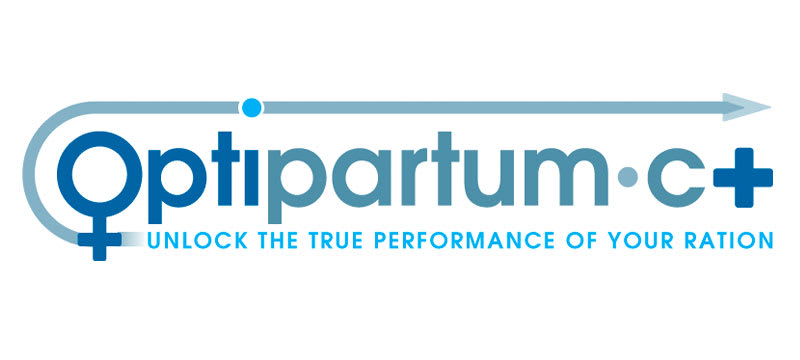Gut Health Insights: Part Two with Dr Virginie Blanvillain
Published Tuesday, 23rd April 2024
In the first part of our Gut Health Insights series, we delved into the complexities of the microbiome, offering practical guidance and evidence-based solutions tailored for the most efficient applications. Through a comprehensive understanding of host-microbe interactions and functionality, producers can make informed decisions to promote a healthy microbiome and enhance performance.
In part two, first published on LinkedIn, Global Services Manager Virginie Blanvillain PhD presents further observations that pinpoint critical periods to focus on gut health, analysing specific biomarkers indicative of fibre and protein fermentation to evaluate gut integrity.
Gut health is important throughout the whole production cycle, but where should we start?
To make gut health evaluation relevant for decision making we should focus on periods when we know the animals face different types of challenges. Through our collected pig and poultry data, we found that focusing on piglets in the post-weaning period is particularly relevant because it is a period of transition when performance may be impaired.
Added stressors, such as the reduction of antibiotic use and the ban of medical zinc levels in some countries, have increased post-weaning diarrhoea incidence – a symptom of dysbiosis.
We believe the analysis of gut health markers in feces can provide additional information for decision-makers to determine how their feeding and management practices can reduce dysbiosis, support gut integrity and improve animal resilience.
As we collect more data, we can identify what a good gut microbiome looks like and how piglets respond to the challenges of transitioning from a milk-based diet to a fibre-based diet. We also hope to understand how the management and feeding practices during the suckling phase impact the post-weaning transition.
How do you define the microbial profile for optimal gut health?
The microbiome is still a very complex area, and there is not yet a defined ideal microbiota profile. This is because we know microbiota is affected by a host of factors, such as genotype, geographical area, ambient and social stressors, dietary nutrient profile, particle size and more.
To overcome the complexity of gut microbiota composition, we have decided to look at the functionality of the microbiome by analysing metabolites and bacteria families, which help describe the host and microbiota interactions. Rather than trying to define an ideal microbiome profile, we use an empirical and descriptive approach.
As we collect more data, we continue to learn and understand the microbiome’s response to different conditions.
If there is not an ideal microbial profile defined, how do we select the biomarkers to evaluate gut health?
Our search for known biomarkers is a continuous work in progress. In pigs, we use a practical and non-invasive approach, and we analyse gut health biomarkers in fresh feces.
Selected universal markers can help characterize the functionality of the microbiome under different circumstances, and as we collect more data, we might be able to determine the minimum, maximum or optimal levels for each marker.
So far, we have decided to focus on markers which are indicative of fibre and protein fermentation, with some key commensal and pathogenic bacteria families. We also found that immunological markers can help understand the inflammatory response of the animals facing sub-clinical challenges.
AB Vista is known for their expertise in dietary fibre. Is this the main reason you address fibre fermentation while evaluating gut health?
Our long-lasting experience with dietary fibre has helped us recognise fibre fermentation as a driving force of gut health, particularly under antibiotic-free programs.
The stimulation of fibre fermentation results in greater production of volatile fatty acids (VFA). When we measured the dynamic change in VFA concentration in fresh feces of nursery pigs, we observed most of the changes occur in the first three weeks after weaning – when fecal VFA concentration may double or triple for an individual.
We found that butyrate is usually the main contributor of that shift, hence reinforcing the importance of stimulating fibre fermentation to support gut integrity.
How is proteolytic fermentation in the hindgut relevant in evaluating gut health?
Branched chain fatty acids (BCFA) are markers of protein fermentation, and negative correlations with insoluble fibre have been demonstrated. More specifically, getting undigested fibre down to the colon has been shown to better control protein fermentation and BCFA production in humans and pigs.
We know that BCFA can only result from the fermentation of branched-chain amino acids. Some pathogenic bacteria are known for their proteolytic activity: Escherichia coli, Campylobacter spp., Streptococcus spp., Clostridium perfringens, Clostridium difficile.
Our database confirmed a positive correlation between BCFA and E. coli in piglets. On the contrary, we found a negative correlation between BCFA and Bifidobacteria, when Bifidobacteria positively correlates with SCFA concentration and butyrate.
Professionals involved in animal production take practical steps to evaluate gut health. How could the approach vary dependent on target?
Our approach is not in real-time, and we are not looking at running diagnostics on a herd with a specific challenge at one point in time. Instead, we focus on monitoring long-term gut health to evaluate or validate the impact of changes on gut integrity and animal robustness. For markers to be selected, we also need to ensure we can detect differences and repeat the results in other situations.
In piglets, we selected calprotectin as an inflammation biomarker in feces and were able to demonstrate the innate immune response was alleviated with a proper fibre profile. We were also capable of demonstrating that xylo-oligosaccharides (XOS) effectively reduces the inflammatory response, which had already been shown in the literature. This indicates that our proposed protocol is capable of detecting such differences.
Latest news
Stay ahead with the latest news, ideas and events.

Online Feed Fibre Calculator
Calculate the percentage of dietary fibre in your feed
Our calculator is designed for nutritionists and uses averages of global raw materials to calculate the dietary fibre content (plus other more in-depth fibre parameters) of finished animal feed. These parameters are available within AB Vista’s Dietary Fibre analysis service (part of our NIR service).
Sign up for AB Vista news
A regular summary of our key stories sent straight to your inbox.
SUBSCRIBE© AB Vista. All rights reserved 2023
Website T&Cs Privacy & Cookie Policy Terms & Conditions of Sale IDC Policy

























